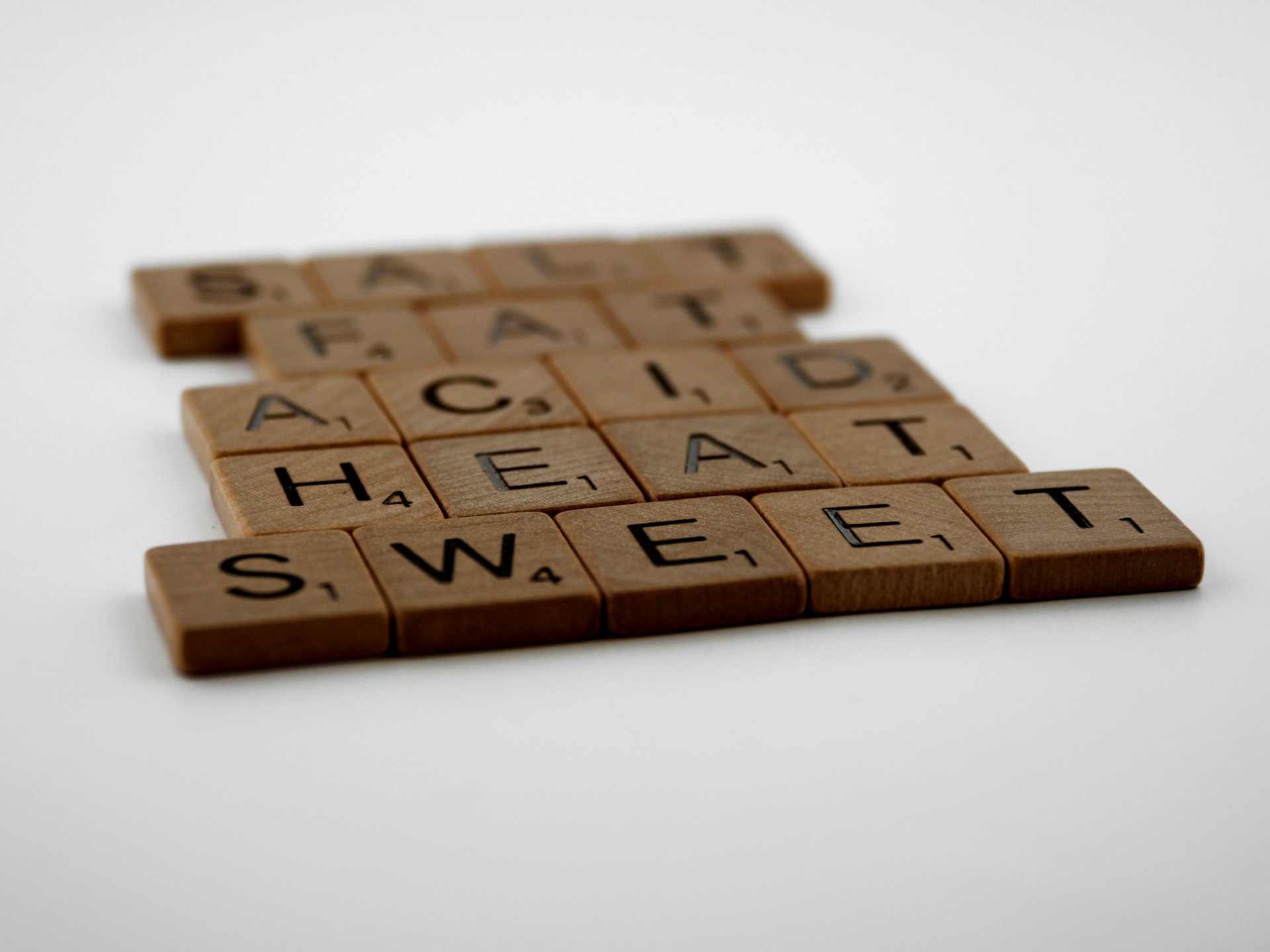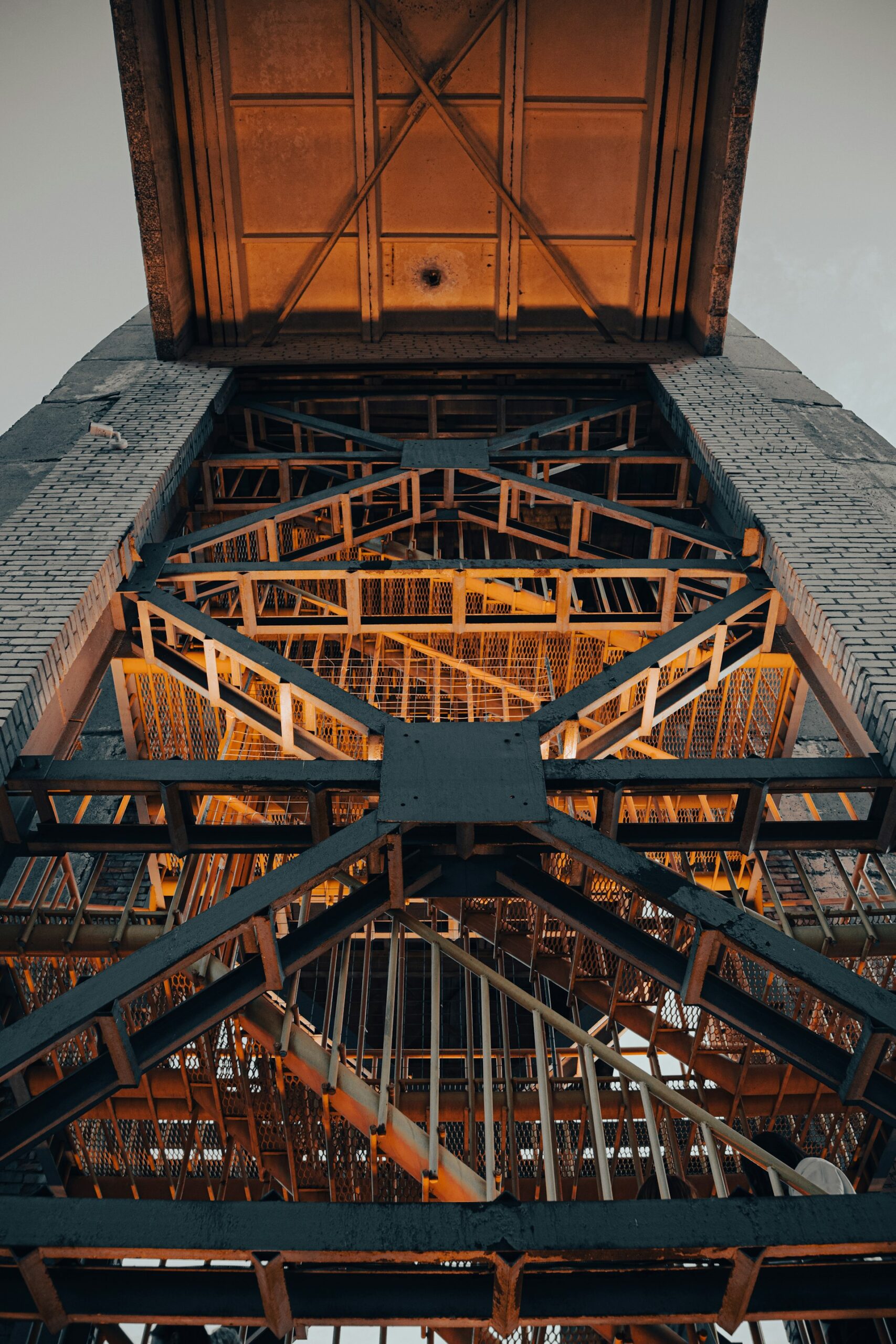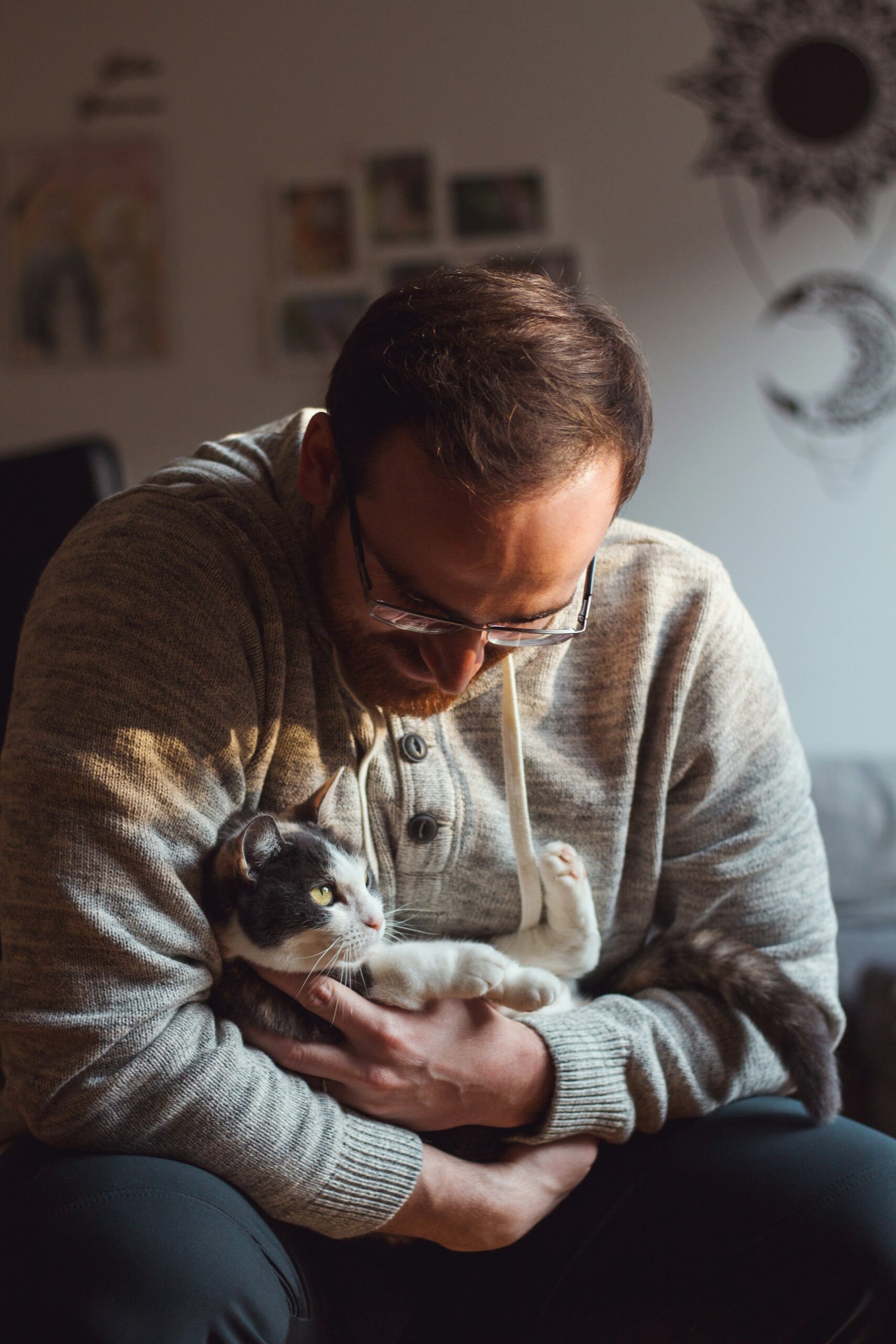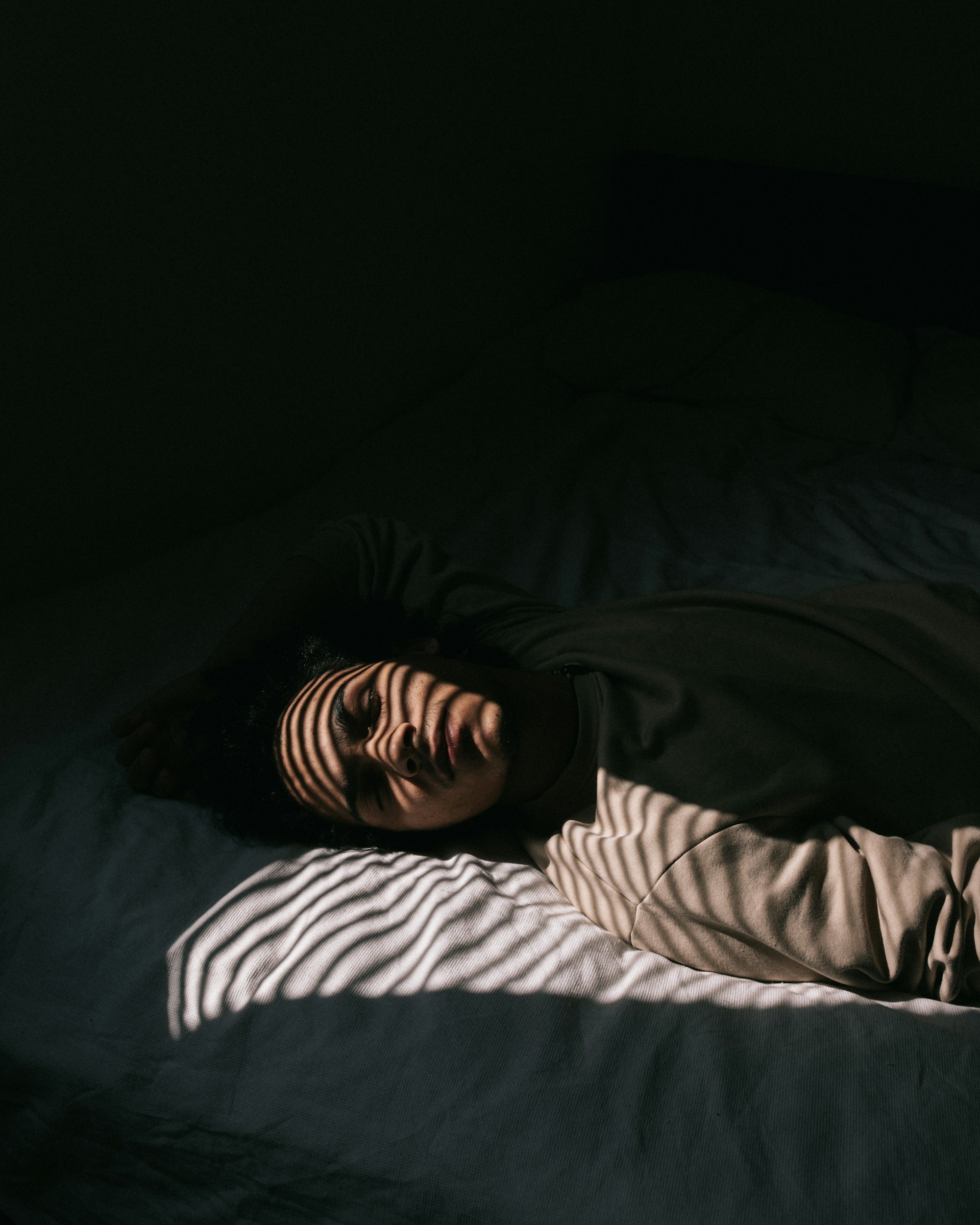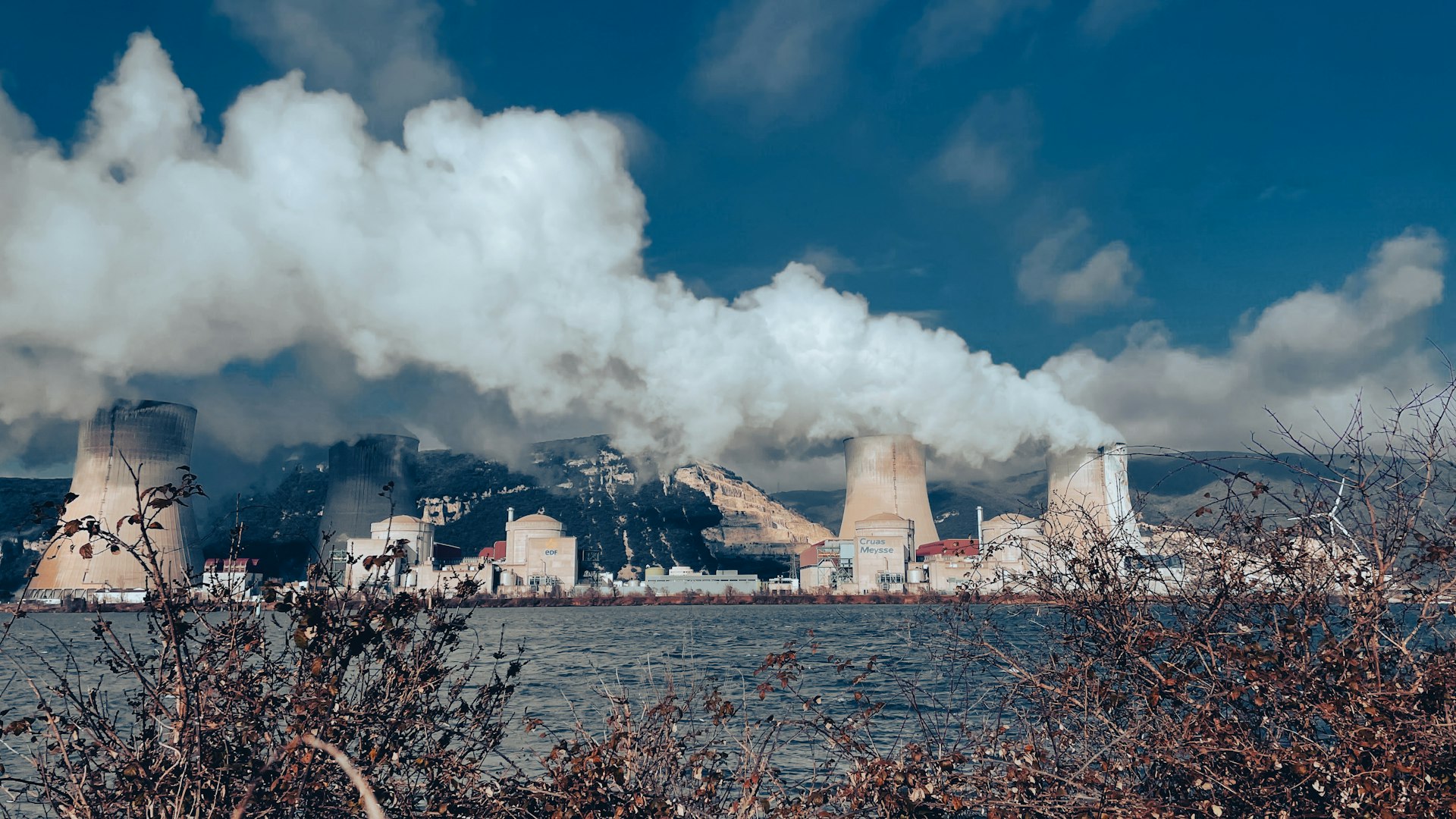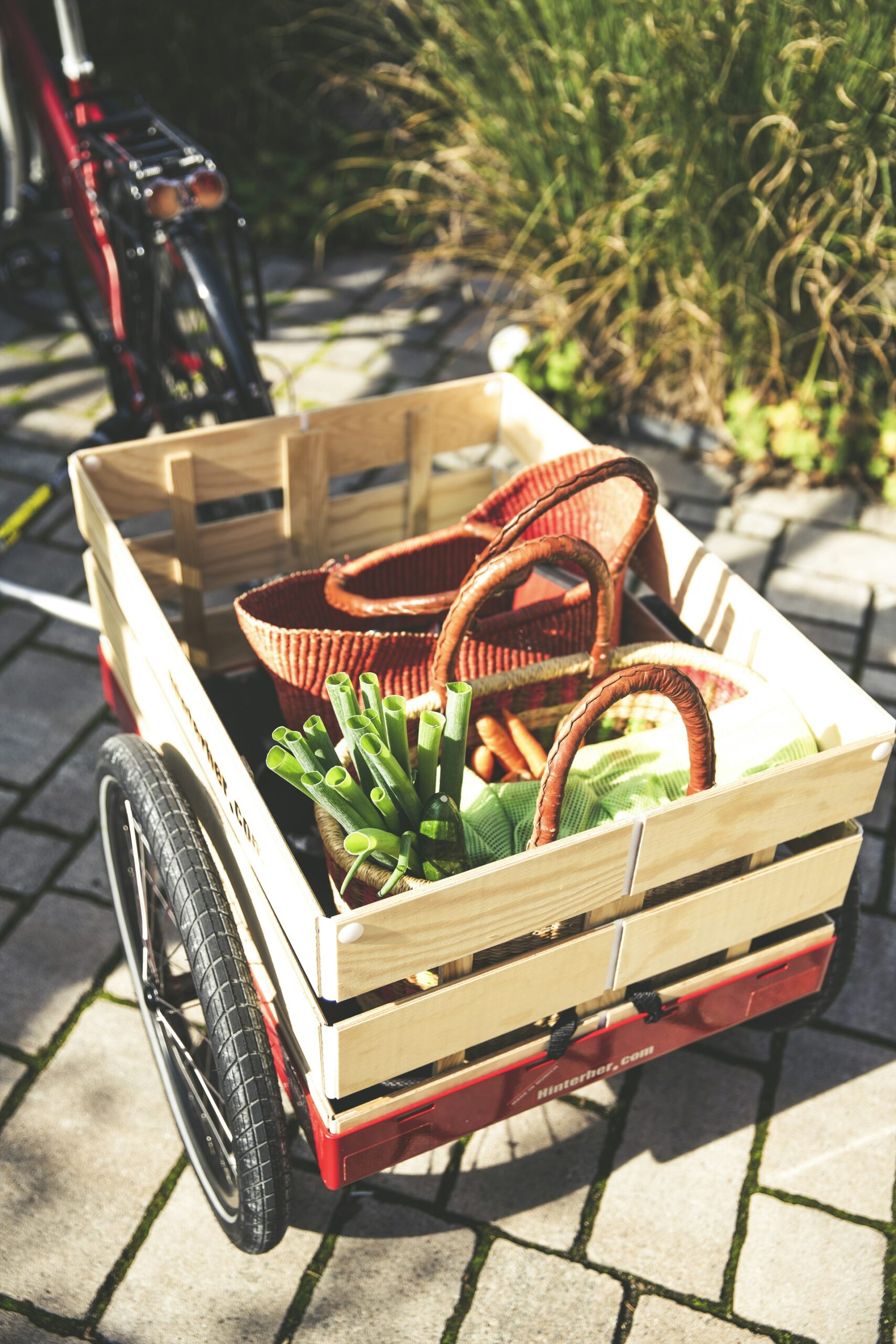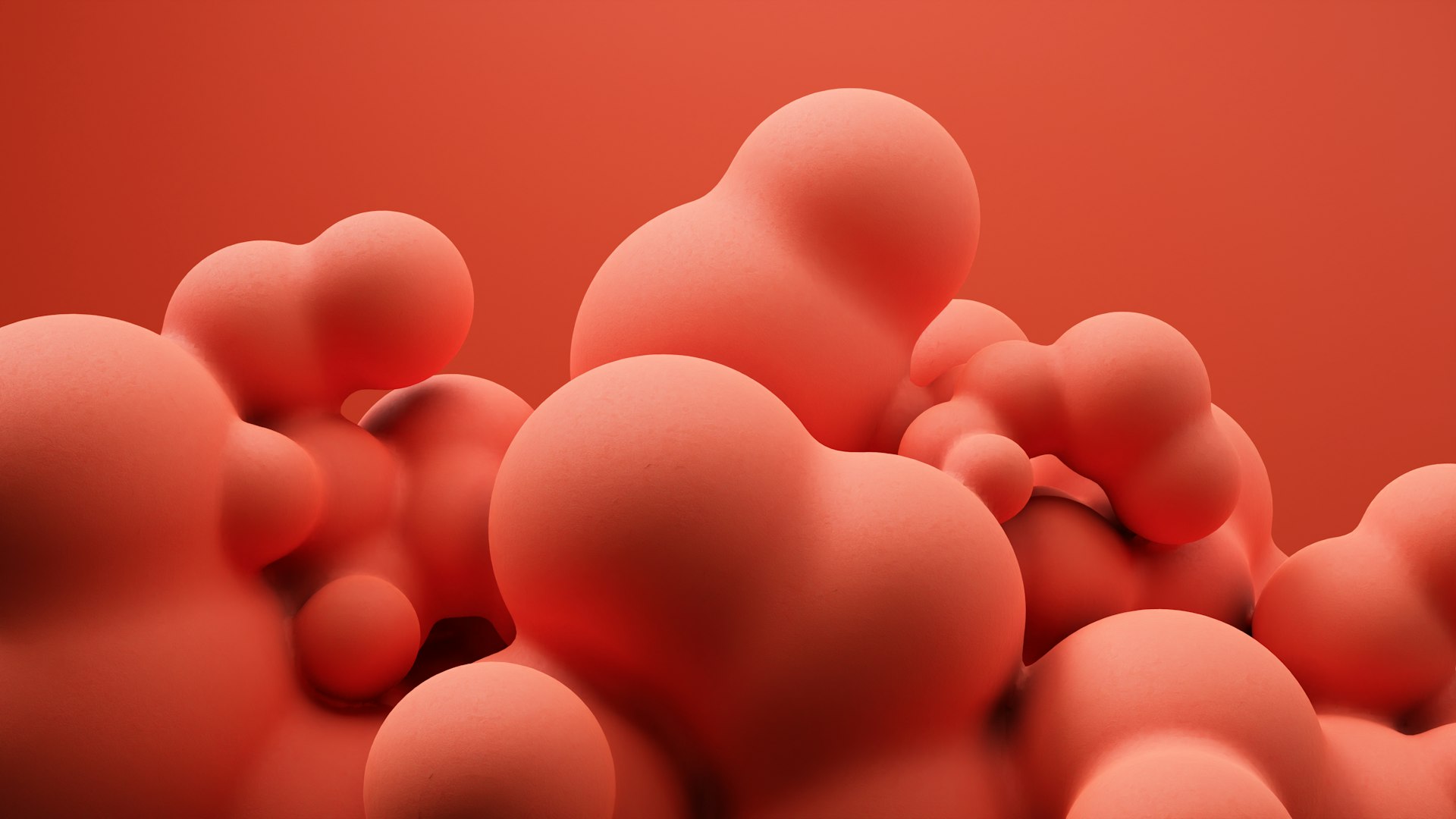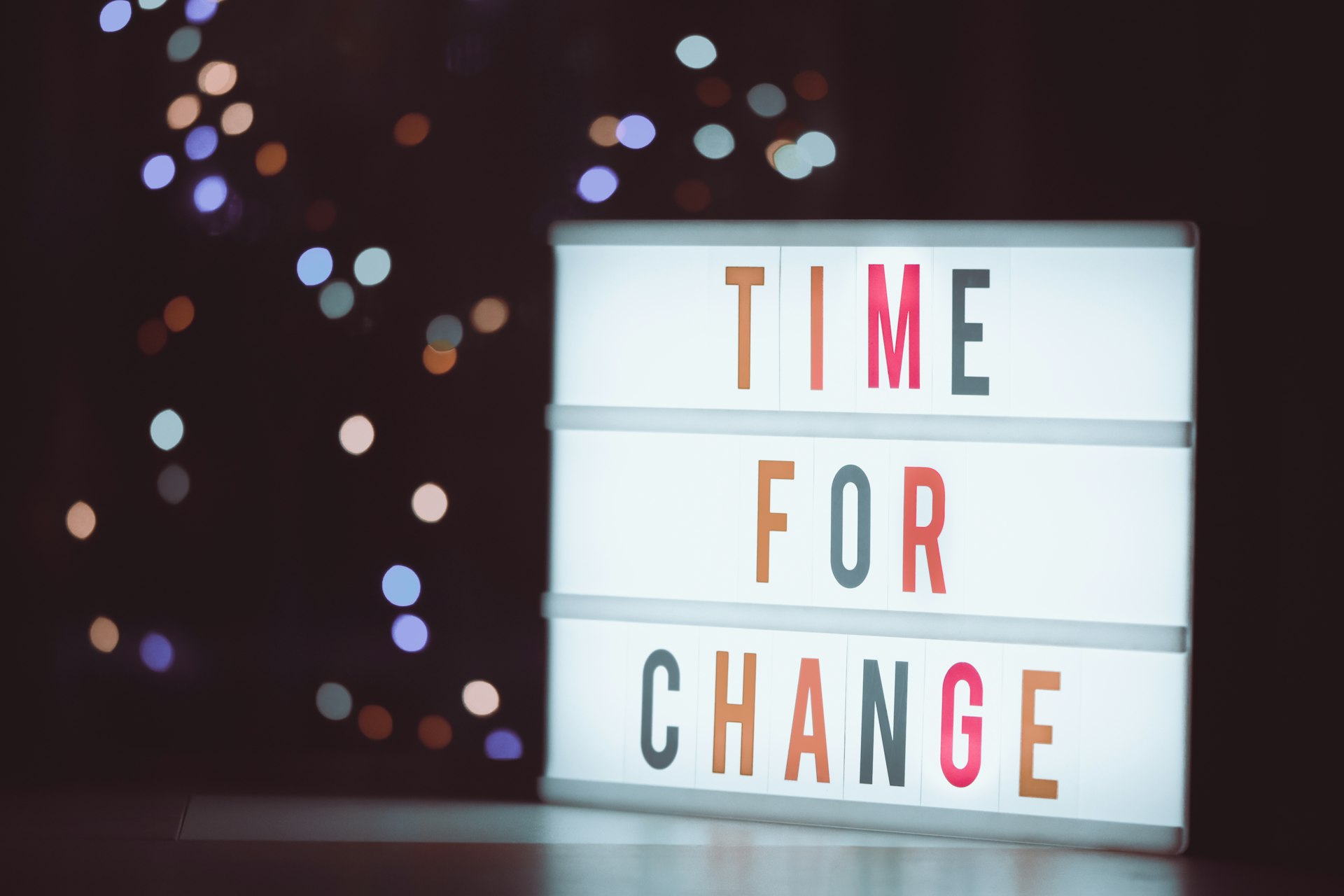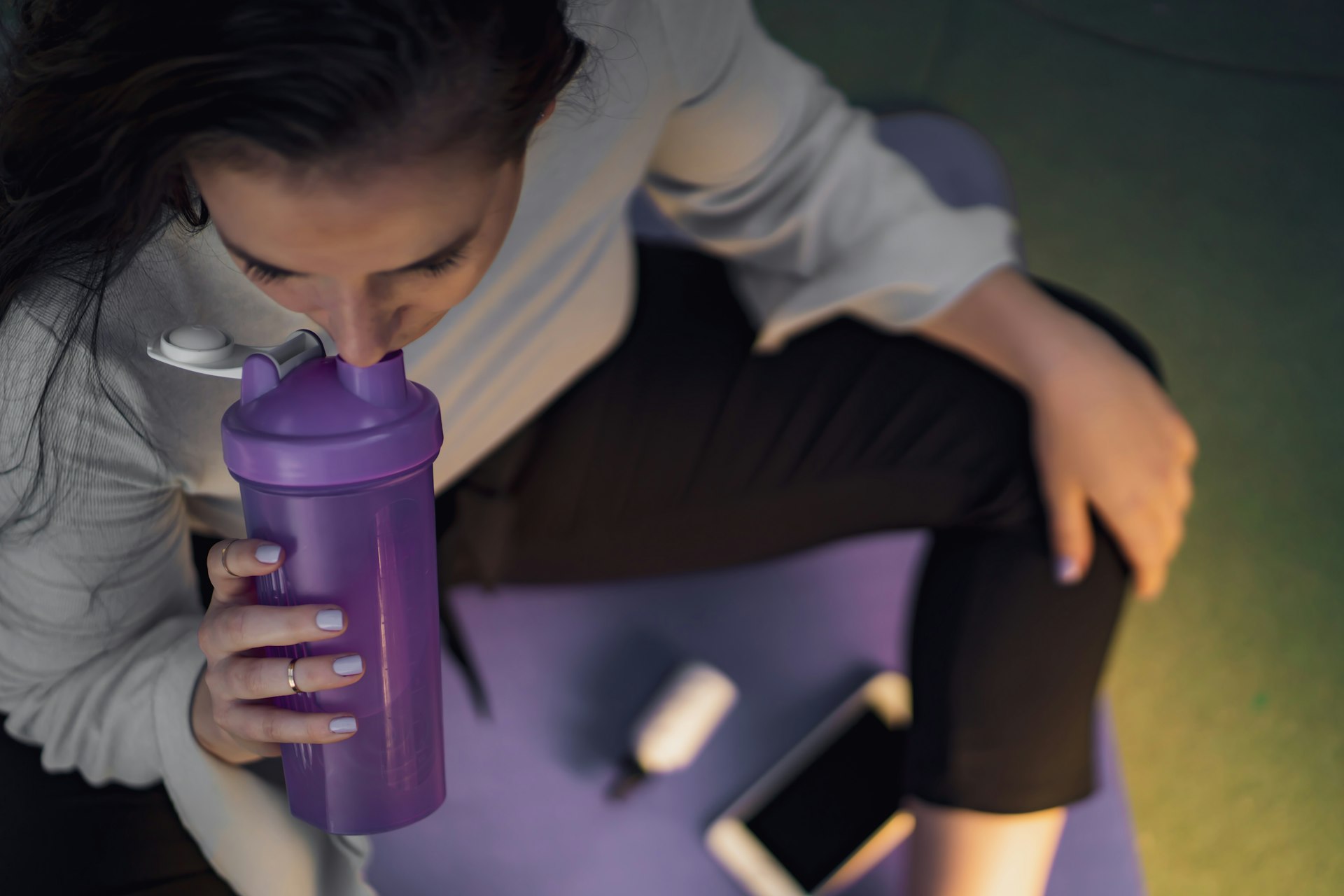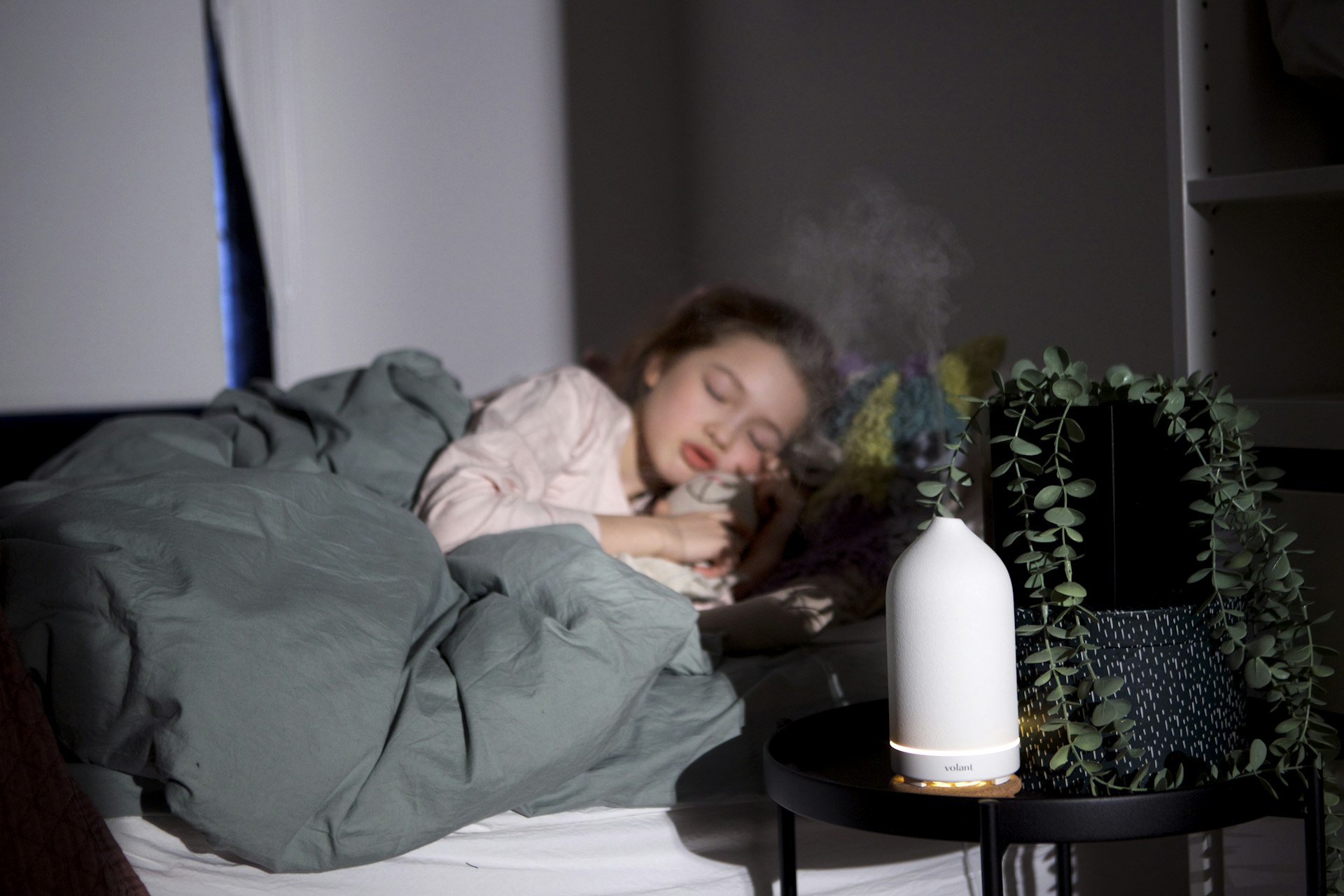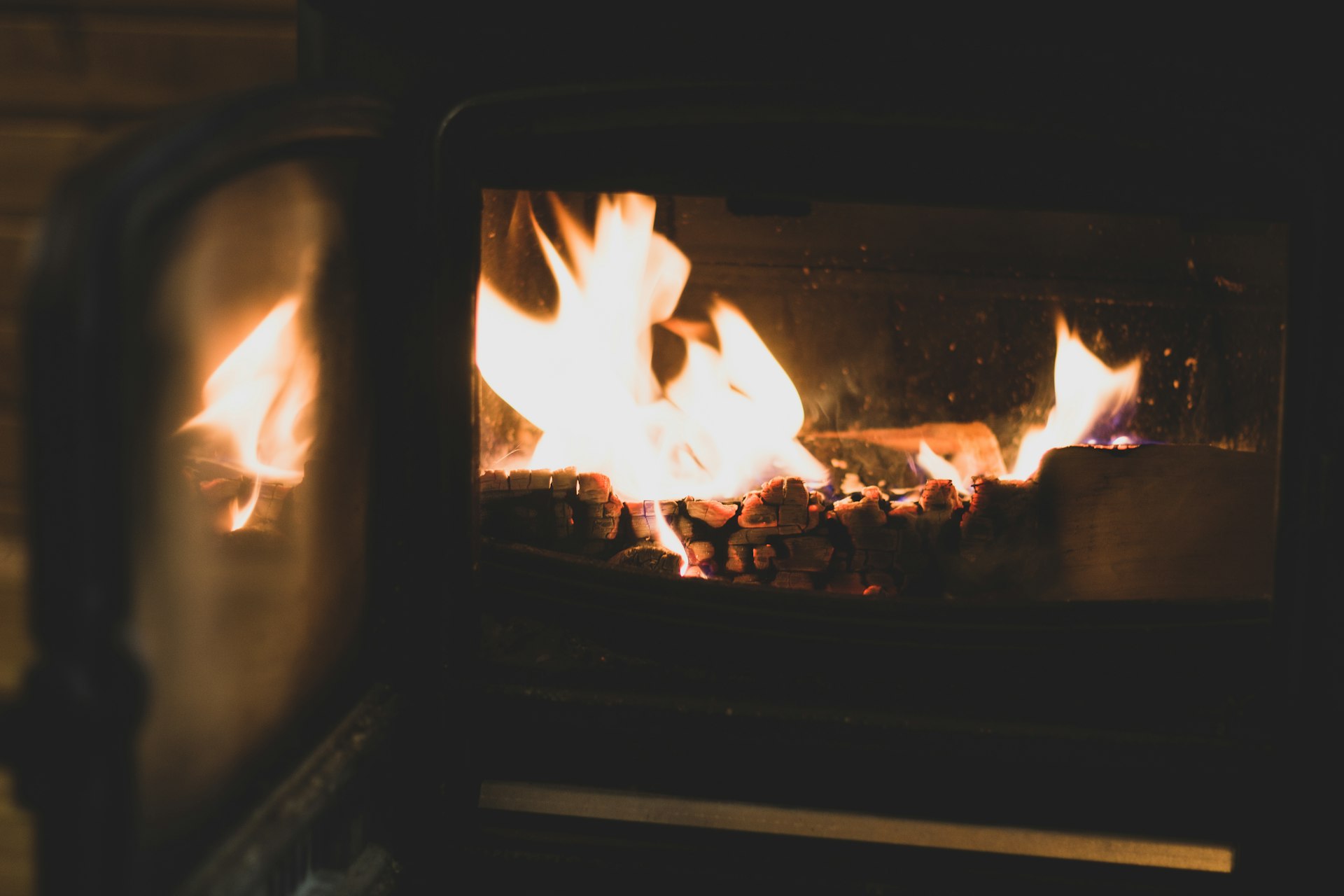Safe and Effective Ways to Heal a Burn Quickly at Home

Photo by Ksenia Yakovleva on Unsplash
Understanding Burn Types and When Home Care Is Appropriate
Burns are a frequent household injury, whether from hot liquids, steam, kitchen accidents, or brief contact with heated surfaces. The way you care for a burn in the first moments can significantly affect pain, healing speed, and long-term outcomes. Not all burns are suitable for home treatment. First-degree burns (affecting only the outer skin layer) and minor second-degree burns (involving superficial blistering but not extensive areas or critical locations) often respond well to home care. However, burns that are larger than your palm, deep, or on sensitive areas like the face, hands, genitals, or joints require prompt medical evaluation. Signs such as excessive pain, white or charred skin, or burns from chemicals or electricity always warrant professional attention [1] [2] .
Immediate First Aid for Minor Burns
Quick action is vital. The first and most important step in treating a burn is to cool it right away. Hold the affected area under cool (not cold) running water for at least 20 minutes. This reduces pain, limits tissue damage, and helps prevent the burn from worsening. If running water isn’t available, you can use a clean, cool, wet cloth as an alternative. Never apply ice directly to a burn, as this can further injure the skin [1] [2] .
Once cooled, gently remove any clothing or jewelry near the burn unless it is stuck to the skin. Avoid breaking any blisters, as intact blisters help prevent infection. If the burn is dirty, gently clean with mild soap and cool water, but do not scrub. Pat dry with a clean towel.

Photo by Gary Sandoz on Unsplash
Home Remedies That Promote Faster Healing
There are several proven remedies to help a minor burn heal quickly, reduce pain, and minimize the risk of complications:
1. Aloe Vera Gel
Aloe vera is widely recognized for its soothing and anti-inflammatory properties. Studies show it can speed up healing and reduce pain for superficial and partial-thickness burns. Use pure aloe gel directly from the plant or a store-bought product with a high concentration of aloe. Apply a thin layer two to three times daily until the burn heals. Avoid gels with added alcohol, fragrances, or dyes, which may irritate the skin [1] [2] .
2. Medical-Grade Honey
Honey has long been used to treat wounds, and modern studies support its effectiveness in healing minor burns. It creates a moist, sterile environment, draws out fluids, and has natural antibacterial properties. For best results, apply a thin layer of
medical-grade honey
to a sterile non-stick pad and place it over the burn. Replace as needed, typically once or twice daily. Do not apply honey directly to open wounds or use unprocessed honey, as this may carry a risk of infection
[1]
[2]
.
3. Petroleum Jelly
For burns without open blisters, a thin layer of petroleum jelly can seal in moisture and promote faster healing. Apply two to three times daily and cover with a sterile, non-adhesive bandage if needed to protect the area from friction or dirt [1] .
4. Over-the-Counter Medications
Pain from minor burns can be managed with oral nonsteroidal anti-inflammatory drugs (NSAIDs) such as ibuprofen or acetaminophen, following the dosage instructions on the package. These medications help reduce pain and swelling. For topical relief, some antibiotic ointments with added pain relievers may also be used, but always check for allergies first [2] .
Dressing and Protecting the Burn
After applying your chosen remedy, cover the burn loosely with a sterile, non-adhesive bandage if the area is likely to get dirty, rubbed, or if there are open blisters. Plastic wrap or a transparent plastic bag can be used in a pinch for hand burns. Avoid using sticky bandages or dressing too tightly, as this can trap heat and moisture. Change the dressing at least once daily or whenever it becomes wet or dirty [2] .
Keep the burn out of direct sunlight. Burned skin is highly sensitive and prone to developing dark spots or scars if exposed to UV rays. If you must go outside, cover the area with loose clothing or apply a broad-spectrum sunscreen of SPF 30 or higher only after the skin has begun to heal and is no longer broken [1] .
Practical Step-by-Step Instructions
- Immediately cool the burn under running water for at least 20 minutes.
- Gently clean the area with mild soap and water if needed.
- Apply a soothing remedy: Choose aloe vera gel, medical-grade honey, or petroleum jelly as appropriate.
- Cover with a non-stick dressing if the risk of friction or contamination exists.
- Take over-the-counter pain medication if needed and not contraindicated.
- Keep the area clean and monitor for infection.
- Protect from sunlight during the healing phase.
Common Mistakes and What to Avoid
Some traditional remedies and well-intentioned actions can actually make burns worse. Avoid the following:
- Do not apply ice, butter, oils, toothpaste, or raw egg to burns . These can cause further damage, trap heat, or introduce infection [1] [2] .
- Do not break blisters . Blisters protect underlying skin. If a blister breaks on its own, gently clean the area and cover with a sterile dressing.
- Do not use cotton wool directly on the burn as the fibers can stick and cause irritation.
Alternative and Complementary Approaches
Some individuals explore alternative therapies, such as herbal ointments or homeopathic remedies, but these approaches lack strong scientific support. If considering such options, consult a licensed healthcare provider for safety and to avoid interactions with other treatments. Standard first aid and the remedies listed above remain the best-supported approaches for home care of minor burns [1] [2] .
Signs You Need Professional Help
Even with the best home care, some burns require prompt medical attention. Seek help if:
- The burn is larger than the size of your palm.
- The burn affects the face, hands, feet, genitals, or major joints.
- You see white, brown, or charred skin.
- There are deep blisters, or the pain is severe and persistent.
- There are signs of infection: increased redness, swelling, pus, a foul odor, or fever.
If unsure, you can contact your primary care provider, local urgent care center, or hospital emergency department for guidance. For general information, the American Burn Association and your country’s national health service are trusted resources for burn care education and referrals.
Summary and Key Takeaways
Minor burns can often be treated effectively at home using cool water, gentle cleaning, and proven remedies like aloe vera, medical-grade honey, and petroleum jelly. Prompt and correct first aid not only eases pain but also speeds up healing and reduces the risk of complications. Always monitor the injury for signs of infection or delayed healing, and do not hesitate to seek professional help when needed. By following expert-backed strategies, you can recover quickly and safely from many everyday burns.
References
MORE FROM promohunterpro.com
